1930s New York City Dance Hall A Symphony of Urban Motion
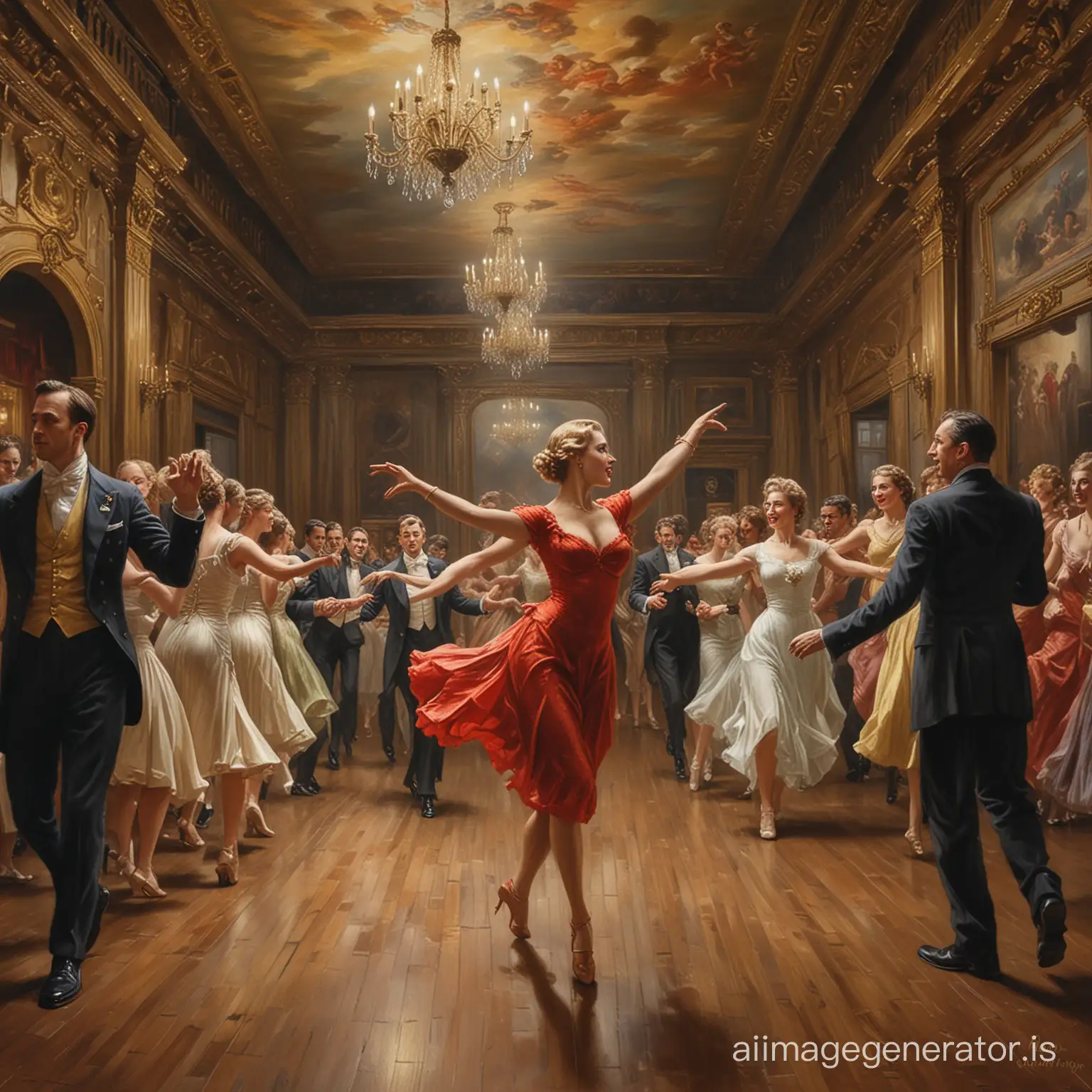
R
Image Prompt
Prompt
Imagine a bustling 1930s New York City dance hall, vibrant and teeming with life, through the eyes of Reginald Marsh, an artist known for his depictions of urban life and its dynamic human tableau. The scene is alive with movement; couples whirl across the dance floor, their forms blending into a symphony of motion. The air is charged with energy, the sounds of jazz and laughter melding into a rich tapestry of urban existence.
The composition captures the hall's grandeur and the patrons' exuberance, dressed in period attire that mirrors the fashion trends of the time. Marsh's characteristic style—detailed figures, expressive faces, and a sense of immediacy—brings the scene to life. The dance hall's architecture, with its ornate decorations and gleaming surfaces, frames the dancers, adding a sense of depth and scale.
In the foreground, a diverse array of dancers captures the viewer's attention, each movement suggesting a story untold. The background offers glimpses of onlookers, their expressions ranging from joy to envy, encapsulating the human drama that Marsh was so adept at portraying. The lighting is strategic, highlighting the dancers' motion and the hall's architectural details, creating a contrast that underscores the vibrancy of the scene.
This image, infused with the spirit of Reginald Marsh's work, invites the viewer to step into a moment of historical and cultural significance, a celebration of life's fleeting pleasures captured in the dance hall's ephemeral beauty.
Model: realistic
Ratio: 1:1
Related AI Images
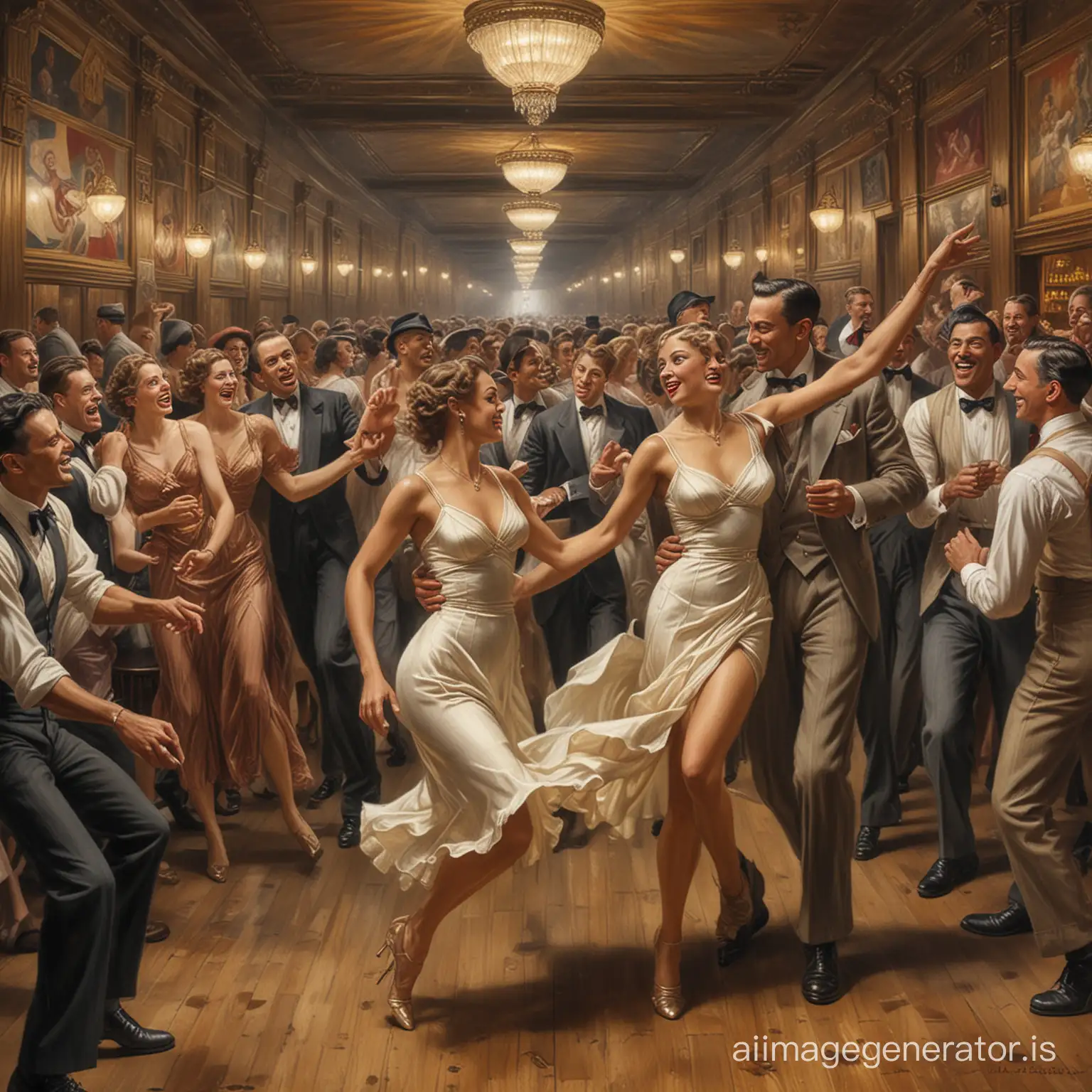
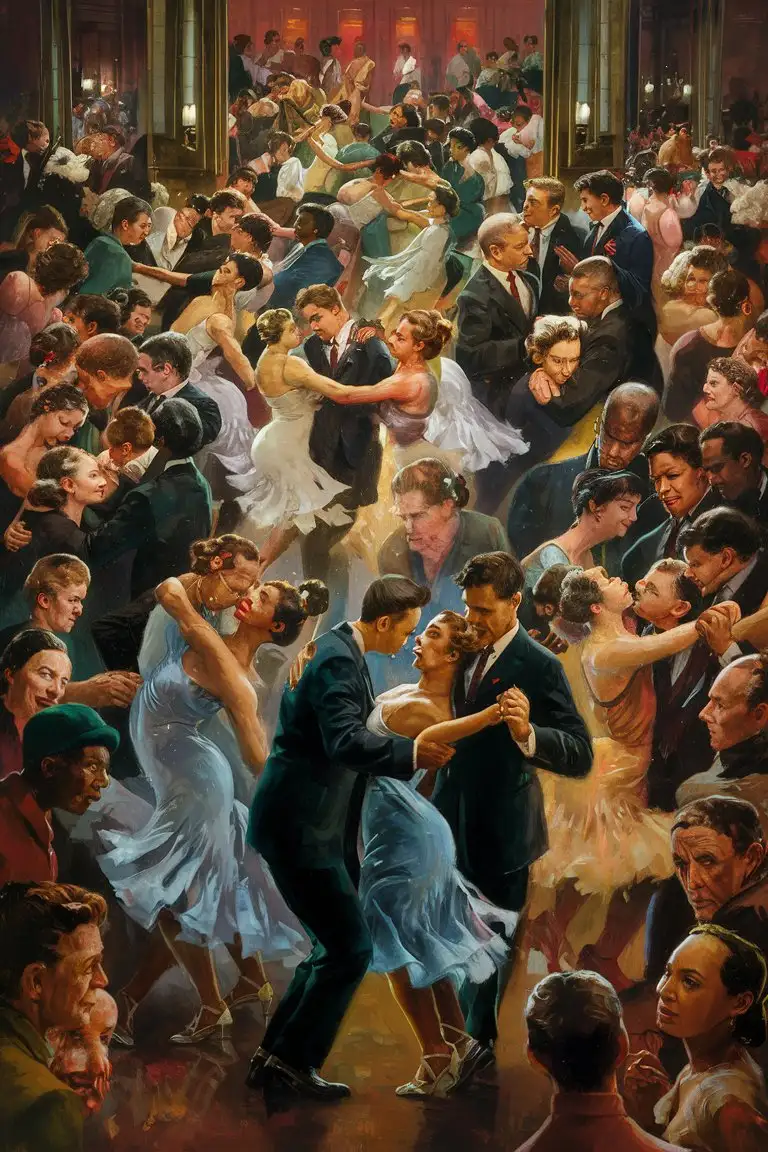
R
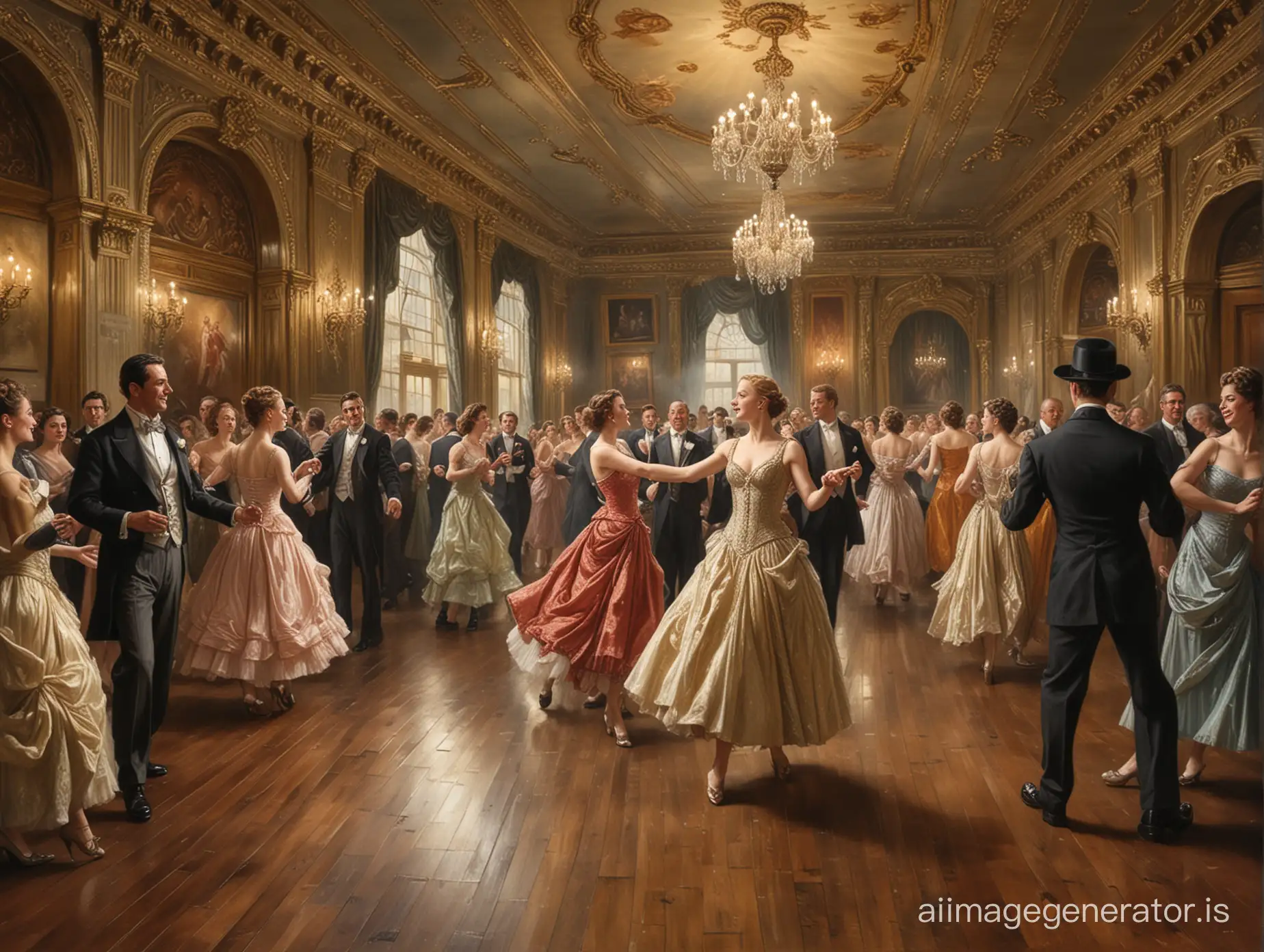
R


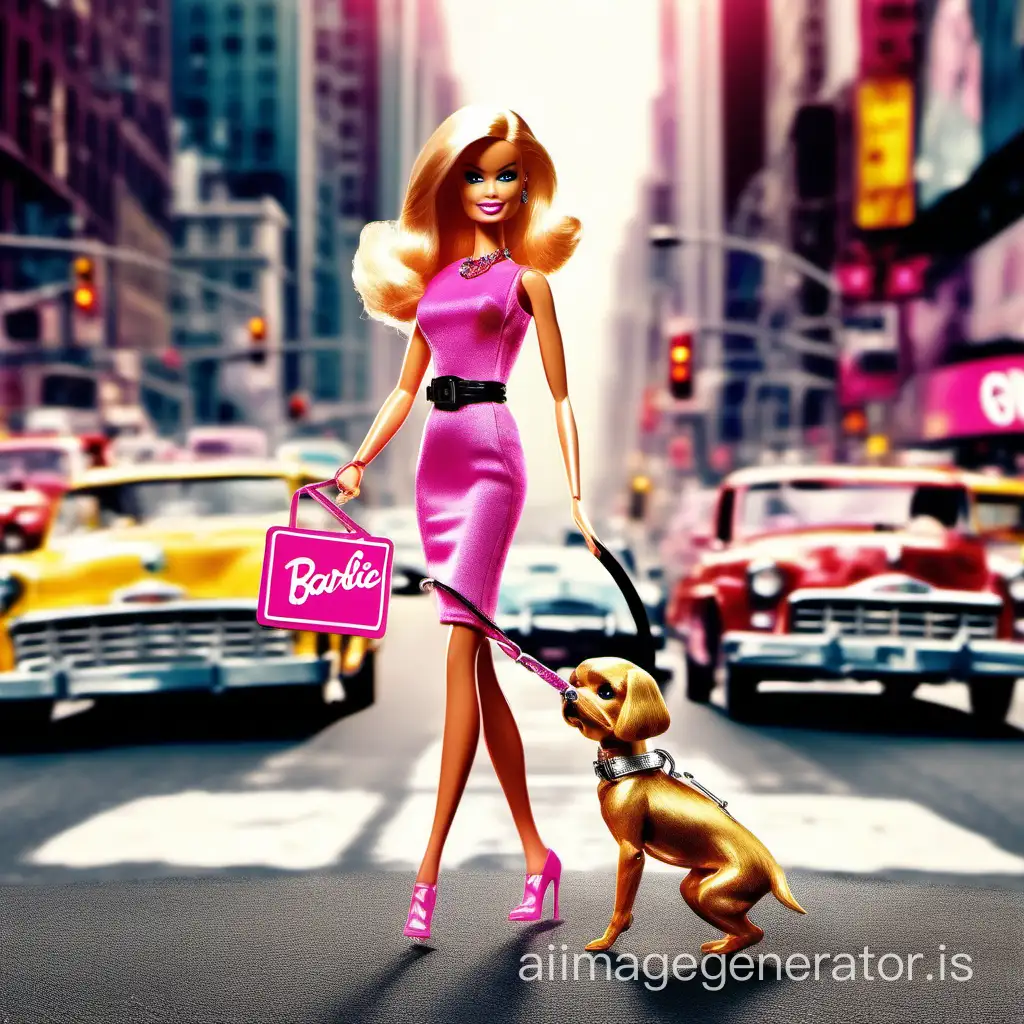

R
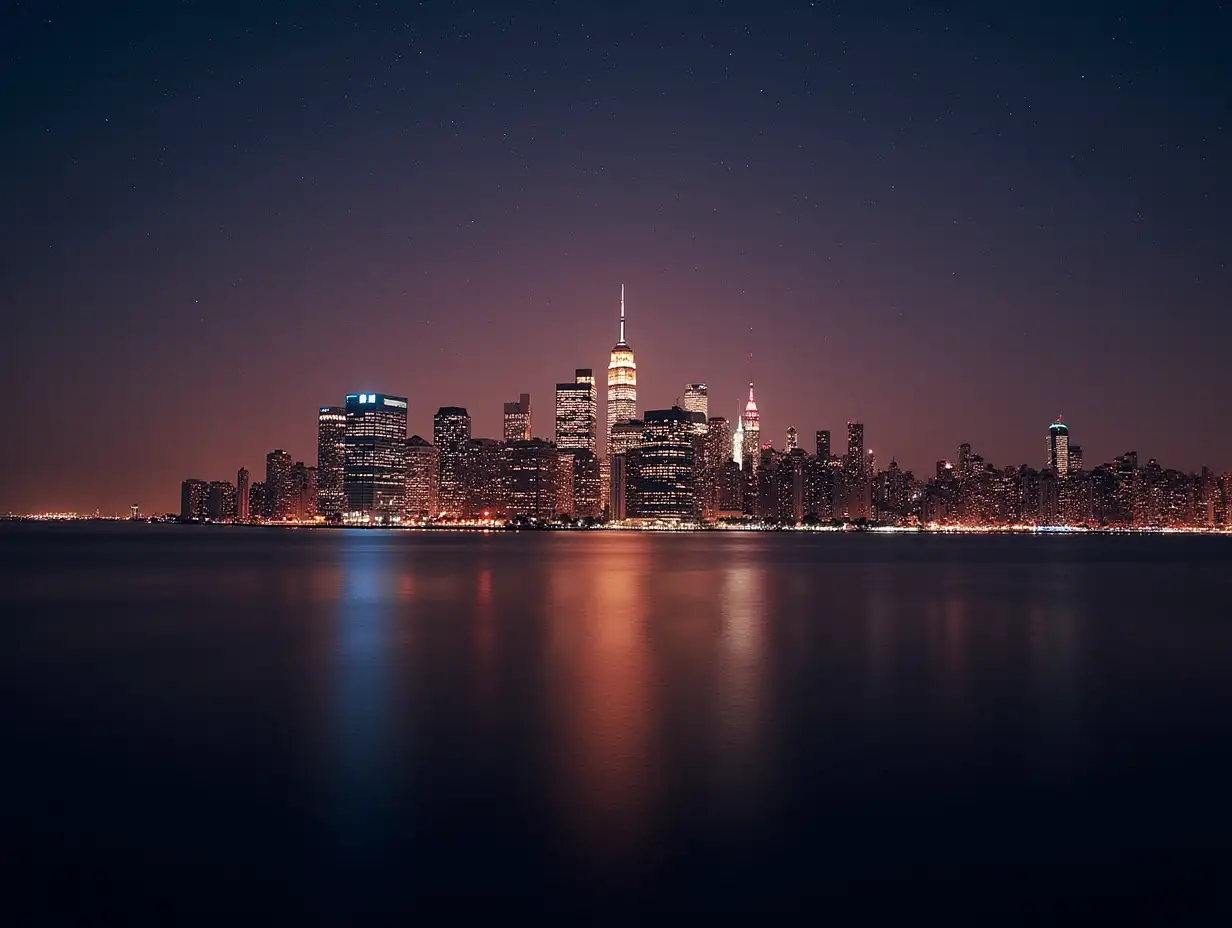
Related Tags
Prompt Analyze
- Subject: The scene is set in a 1930s New York City dance hall, a period renowned for its cultural vibrancy and artistic innovation. The image captures the essence of urban life during this era, with a focus on the social interactions and dynamic energy of the people. Setting: The dance hall is depicted as a grand venue, with intricate architectural details and a sense of spaciousness that allows the dancers to move freely. The setting not only provides a backdrop for the action but also contributes to the overall atmosphere of the image. Style: Reginald Marsh's distinctive style is evident in the detailed and expressive figures, each capturing a unique moment in the dance. His use of lines and shading adds depth and texture to the image, while his attention to facial expressions conveys a range of emotions. Coloring: The image is rich in color, with a palette that reflects the glamour and excitement of the 1930s. The use of warm tones creates a sense of intimacy and liveliness, while the contrast between light and shadow enhances the drama and movement of the scene. Action/Items: The dancers are the central focus, their movements synchronized to the rhythm of the jazz music. The image captures a variety of dance styles, from elegant waltzes to energetic jitterbugs, showcasing the diversity of the era's dance culture. Costume/Appearance: The patrons are dressed in fashionable attire of the 1930s, with women in elegant gowns and men in sharp suits. The clothing reflects the social status and personal style of the individuals, adding to the visual interest of the image. Accessories: Accessories such as hats, gloves, and jewelry add an extra layer of detail and authenticity to the characters. These elements also serve to highlight the fashion trends of the time, further immersing the viewer in the historical context. Overall, the image is a celebration of the human experience, capturing the joy, passion, and diversity of a bygone era. It invites the viewer to reflect on the fleeting nature of life's pleasures and the enduring power of art to capture and preserve these moments in time.